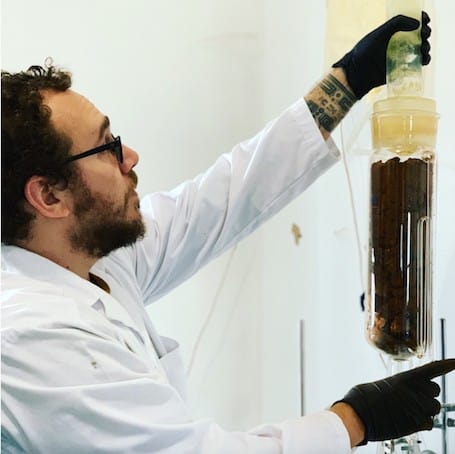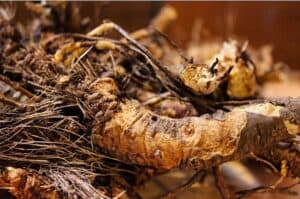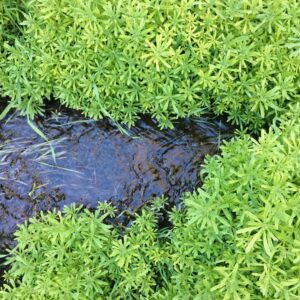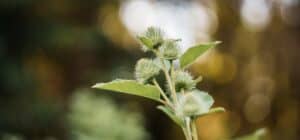
One of the most powerful things about alchemy is that it allows us to draw on energetics. We can look at the planets and plants and see what their energetic quality is in terms of their temperature, their moisture, what organ systems they govern, the diseases they generate, their constitutional pattern, and how they shape human bodies and minds and emotions. When we understand all of that, we can see a deeper level of patterns in our remedies. We can see the relationships and the connections.
As part of this, we have the doctrine of correspondences and the doctrine of signatures. The doctrine of correspondences is the idea that if a plant looks like a part of the body, then it treats that part of the body, which is its signature. In addition to those organ system signatures, we can also see correlations to a certain element or a certain planet. So the doctrine of correspondences gives us a kind of symbolic language that’s etched into the form of a natural being.
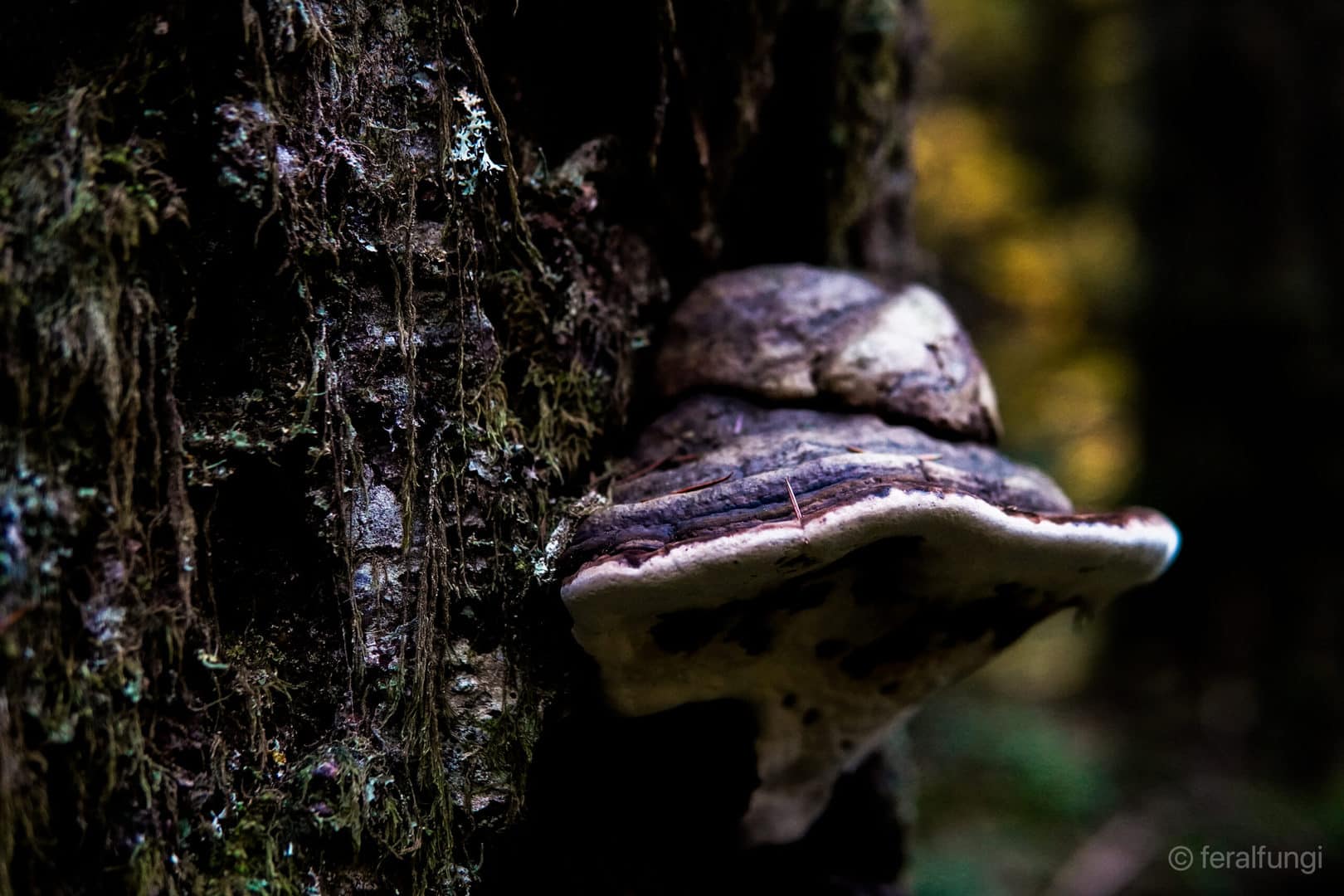
When students learn about this, one of the most common questions is which book can they use to look up these correspondences—which book will tell them what plant is ruled by what planet. Well, I give a few different answers to this question. First, there are not many books that offer this, and if a book does share this information, I find that it is often have inaccurate. My second answer is, don’t look at a book – it’s a shortcut. I personally feel that the best way to discover these relationships and correspondences is to have firsthand experience, to go out into nature and study these plants and spend time with these plants and really get to know these plants personally.
I think the doctrine of correspondences and the doctrine of the signatures are really of the heart, not of the mind. We have to learn to see the relationships and the connections between all parts of life. We have to experience these things, embody them, see them with our eyes, and not just memorize lists in books. So this is what I’m talking about with my good friend Jason Scott in this weeks blog post.
Jason has been a good friend of mine for more than 10 years as we’ve walked the alchemical herbalism path together. Jason is the founder of FeralFungi.com, where he prepares medicinal mushroom extracts according to the Spagyric method and follows the astrological correspondences within the mushroom kingdom.
Jason and I always have interesting conversations, and this one is no different. In this podcast episode, we discuss the relationship between astrology and herbalism and mushrooms and alchemy and medicine, and all of the interesting and unique ways those things interact.
We also talk about how Jason uses the doctrine of correspondences and the doctrine of signatures in his work with mushrooms, including how he approaches learning about and from the mushrooms themselves. We also discuss a simple alchemical perspective, the best way to learn alchemical herbalism, and the difference between figuring something out and having something revealed (and its importance in herbalism), plus more!
I hope you enjoy this episode of the blog, and be sure to check out Jason’s website here and his blog at alchemycology.com/blog/. He’s got some really great content and his medicine is definitely worth checking out.
For those of you wanting to take a deeper look into the the doctrine of signatures – you can also check out this old class I did some years ago where I discuss the doctrine signatures and correspondences at a conference I attended.



